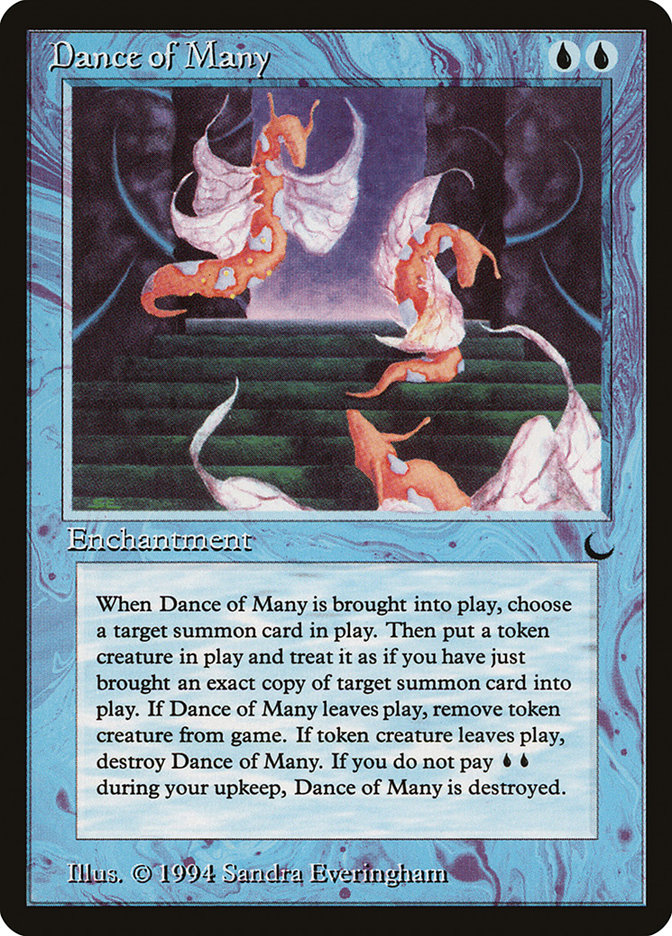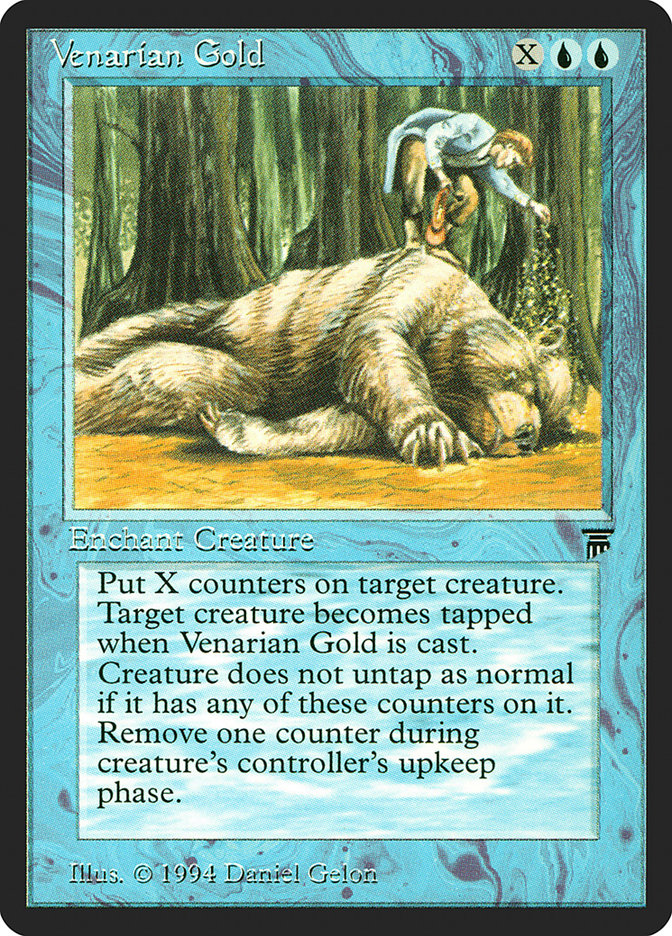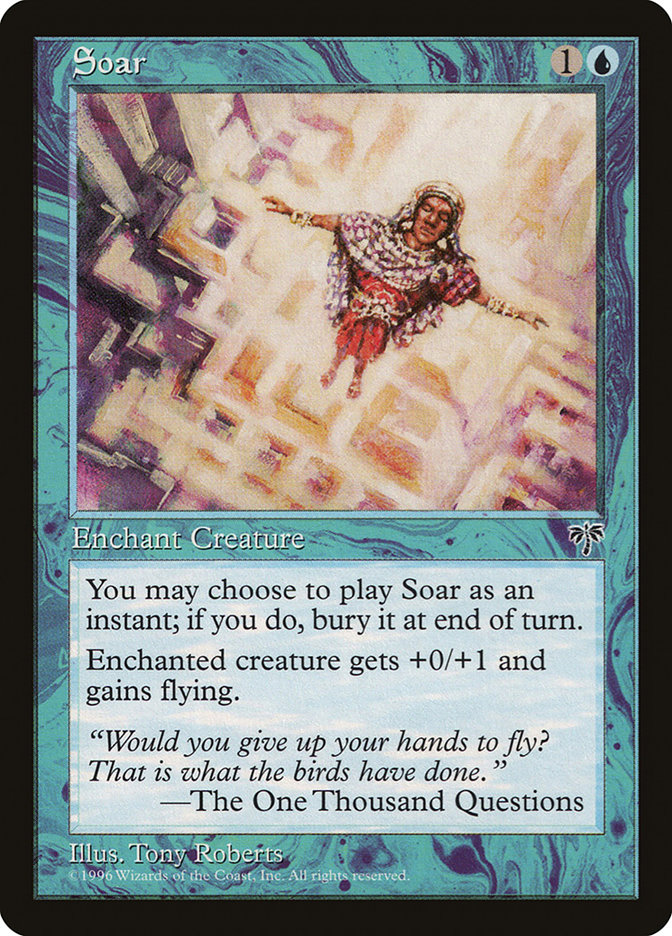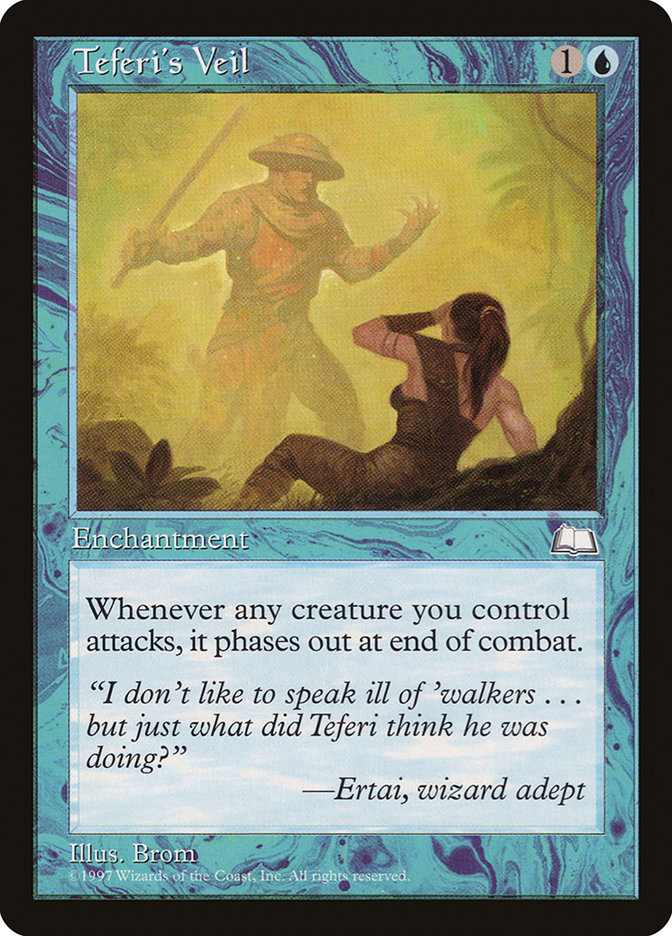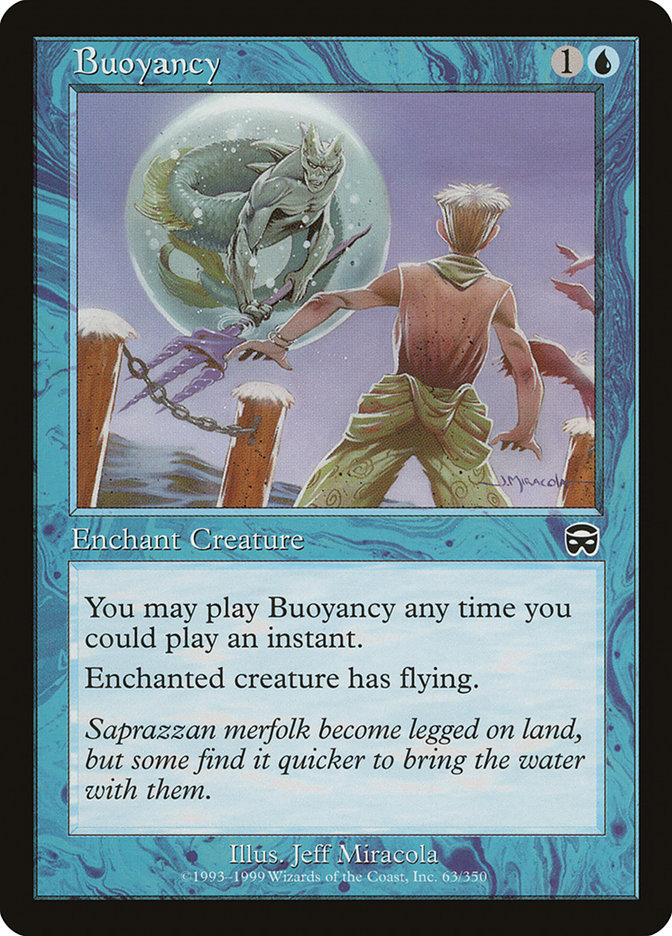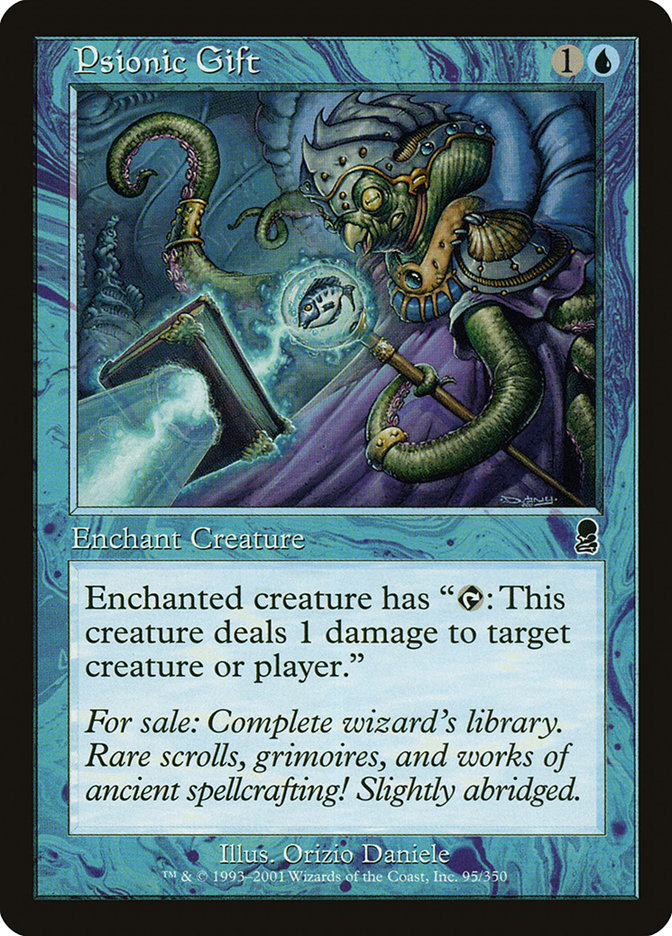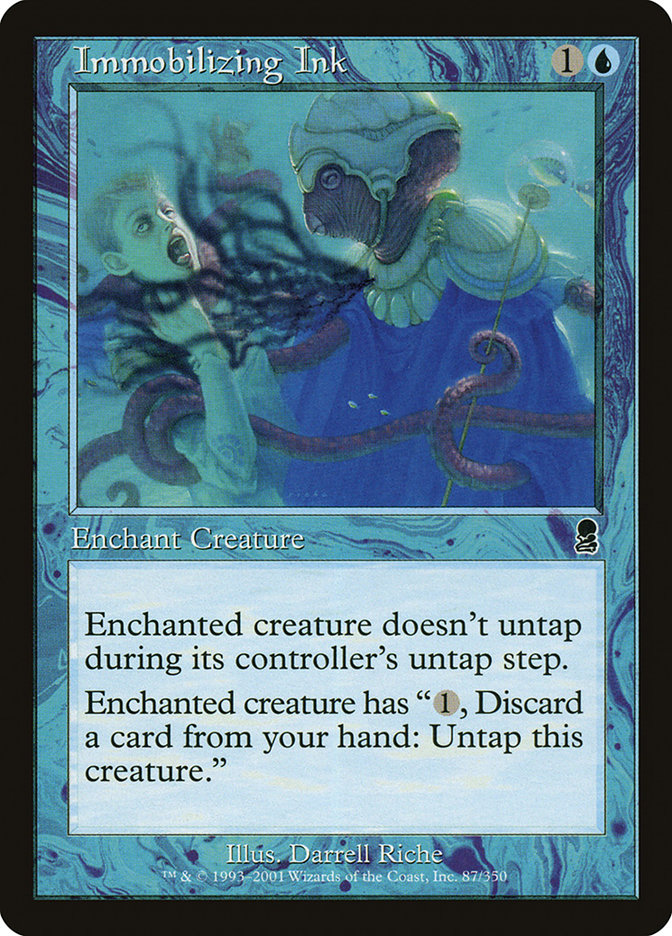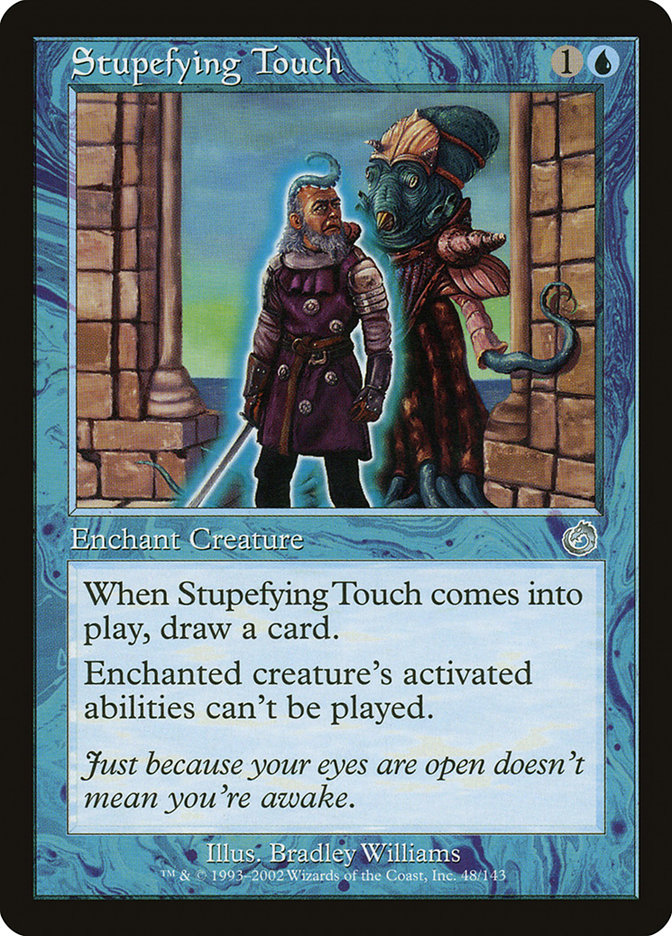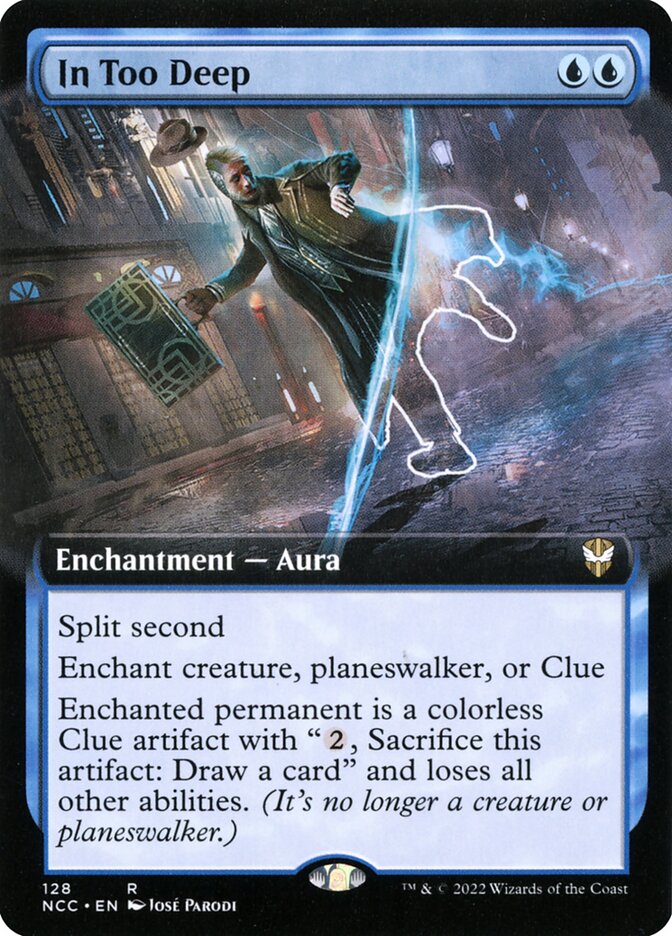Dance of Many MTG Card
| Card sets | Released in 5 setsSee all |
| Mana cost | |
| Converted mana cost | 2 |
| Rarity | Rare |
| Type | Enchantment |
Text of card
When Dance of Many is brought into play, choose a target summon card in play. Then put a token creature in play and treat it as if you have just brought an exact copy of target summon card into play. If Dance of Many leaves play, remove token creature from game. If token creature leaves play, destroy Dance of Many. If you do not pay o Uo U during your upkeep, Dance of Many is destroyed.
Cards like Dance of Many
In the realm of MTG, Dance of Many stands out for its ability to duplicate creatures. Not unlike the Mimic Vat, which also clones creatures, Dance of Many allows for more immediate impact by copying upon casting. Mimic Vat, however, offers repeatability under different circumstances, requiring a creature to die first.
Clone effects also resonate with the likes of Cackling Counterpart, which creates a token copy of a creature you control with the flexibility of an instant speed. While Dance of Many demands upfront payment and additional upkeep, Cackling Counterpart circumvents these with a single, albeit higher, casting cost. Additionally, Sculpting Steel can be considered akin to Dance of Many. Although it clones artifacts instead of creatures, still a similarity in mirror-like properties persists. It’s a versatile tool in any artifact heavy deck.
Comparing these options reveals the uniqueness of Dance of Many in the cloning category of MTG. While it may invite a higher risk with its upkeep cost, it doesn’t shy away from rewarding players who manage to keep it on the battlefield, affirming its potential for pivotal plays in the game.
Cards similar to Dance of Many by color, type and mana cost
Card Pros
Card Advantage: Dance of Many excels in creating card advantage by duplicating the most beneficial creature on the battlefield. This not only amplifies your board presence but can also disrupt your opponent’s strategy by mirroring their eminent threats.
Resource Acceleration: While Dance of Many doesn’t directly produce mana or resources, the doubled creature can often equate to resource acceleration if it has mana-generating abilities or other value-generating effects, leading to a more formidable mana base and increased casting potential.
Instant Speed: Despite being an enchantment, the key to leveraging Dance of Many lies in the surprise factor and timing it well, especially during post-combat main phases. The ability to replicate a powerful creature right after it hits the board can catch opponents off-guard and dramatically shift the game’s momentum in your favor.
Card Cons
Discard Requirement: While Dance of Many doesn’t force a discard, it does come with a sustained cost that can be as taxing as discarding. You must pay an upkeep cost to maintain the token copy it creates. Fail to do so, and not only does the token vanish, but Dance of Many itself gets sacrificed, potentially leaving you at a resource disadvantage.
Specific Mana Cost: Dance of Many requires both blue mana and generic mana, locking it firmly into decks that can produce blue mana. This specificity might restrict its inclusion only to blue or blue-included multicolored decks, potentially hindering its flexibility in deckbuilding.
Comparatively High Mana Cost: Requiring two blue mana and two generic mana, Dance of Many’s initial investment is sizeable. For this amount, players might expect a more immediate impact on the game state. Considering other creature-copying alternatives in the game, it poses a higher barrier to casting, especially in the early stages of a match.
Reasons to Include Dance of Many in Your Collection
Versatility: Dance of Many excels in decks that thrive on the power of cloning creatures. Whether it’s copying your own game-changing creature or an opponent’s, the card’s capability to double up on influential creatures can fit into various strategies, from control to midrange builds.
Combo Potential: Known for its synergy, Dance of Many can set off a cascade of combo plays. It’s especially potent in decks that utilize enter-the-battlefield effects or require sacrifices, where a replicated creature can amplify these effects or serve as fodder for greater plays.
Meta-Relevance: Dance of Many may shine in a meta where single powerful creatures dominate the battlefield, giving you access to an additional threat or an extra blocker when needed. In an environment where key creatures dictate the pace, mirroring them can provide the edge needed to outmaneuver opponents.
How to beat
Dance of Many is an enchanting card from the annals of Magic: The Gathering history, capable of duplicating the most formidable creatures on the battlefield. First printed in the “Dark” set, it allows players to clone any creature for just two blue mana at the cost of an ongoing upkeep.
To strategically counteract Dance of Many, players should consider interruption tactics. Since it relies on an upkeep cost, tools like enchantment removal become essential. Direct enchantment removal spells such as Disenchant or Naturalize allow players to eliminate Dance of Many before its controller can capitalize on the cloned creature. One can also employ a ‘Stifle’ approach, targeting triggered abilities to prevent the clone from ever hitting the field.
Focusing on these methods of disruption is key. By maintaining open mana for instant-speed removal or having counterspells ready for the Dance of Many’s initial cast, players can mitigate the advantage it tends to offer. Additionally, tactics involving creature sacrifice can force a player to choose between keeping their original creature or the copy made by Dance of Many, further destabilizing their board state. By preparing for these interactions, players can adeptly navigate against the threat of duplicated might.
Where to buy
If you're looking to purchase Dance of Many MTG card by a specific set like The Dark and Chronicles, there are several reliable options to consider. One of the primary sources is your local game store, where you can often find booster packs, individual cards, and preconstructed decks from current and some past sets. They often offer the added benefit of a community where you can trade with other players.
For a broader inventory, particularly of older sets, online marketplaces like TCGPlayer, Card Kingdom and Card Market offer extensive selections and allow you to search for cards from specific sets. Larger e-commerce platforms like eBay and Amazon also have listings from various sellers, which can be a good place to look for sealed product and rare finds.
Additionally, Magic’s official site often has a store locator and retailer lists for finding Wizards of the Coast licensed products. Remember to check for authenticity and the condition of the cards when purchasing, especially from individual sellers on larger marketplaces.
Below is a list of some store websites where you can buy the Dance of Many and other MTG cards:
 BUY NOW
BUY NOW BurnMana is an official partner of TCGPlayer
- eBay
- Card Kingdom
- Card Market
- Star City Games
- CoolStuffInc
- MTG Mint Card
- Hareruya
- Troll and Toad
- ABU Games
- Card Hoarder Magic Online
- MTGO Traders Magic Online
See MTG Products
Printings
The Dance of Many Magic the Gathering card was released in 5 different sets between 1994-08-01 and 2019-12-02. Illustrated by 2 different artists.
| # | Released | Name | Code | Symbol | Number | Frame | Layout | Border | Artist |
|---|---|---|---|---|---|---|---|---|---|
| 1 | 1994-08-01 | The Dark | DRK | 22 | 1993 | Normal | Black | Sandra Everingham | |
| 2 | 1995-07-01 | Chronicles | CHR | 17 | 1993 | Normal | White | Sandra Everingham | |
| 3 | 1997-03-24 | Fifth Edition | 5ED | 78 | 1997 | Normal | White | Sandra Everingham | |
| 4 | 2009-09-07 | Masters Edition III | ME3 | 34 | 1997 | Normal | Black | Sandra Everingham | |
| 5 | Secret Lair Drop | SLD | 442 | 2015 | Normal | Borderless | Caroline Gariba |
Legalities
Magic the Gathering formats where Dance of Many has restrictions
| Format | Legality |
|---|---|
| Oldschool | Legal |
| Commander | Legal |
| Legacy | Legal |
| Oathbreaker | Legal |
| Premodern | Legal |
| Vintage | Legal |
| Duel | Legal |
| Predh | Legal |
Rules and information
The reference guide for Magic: The Gathering Dance of Many card rulings provides official rulings, any errata issued, as well as a record of all the functional modifications that have occurred.
| Date | Text |
|---|---|
| 2004-10-04 | Destroying the creature that was copied will not cause the token creature to be destroyed as well. |
| 2004-10-04 | Each Dance of Many is associated only with its token creature. If one Dance leaves the battlefield, only the corresponding token is affected, not all tokens from all instances of Dance of Many. |
| 2004-10-04 | The ability is targeted and checks the validity of the target when put on the stack and when resolving. If the creature is not still there when the copy ability resolves, the ability doesn’t resolve and no token is put onto the battlefield. This card remains on the battlefield as an enchantment with no token. |
| 2004-10-04 | The mana cost is copied. |
| 2004-10-04 | Treat the token as entering the battlefield as a copy of the chosen creature. If that creature normally gets counters when entering the battlefield, the token creature gets counters. |
| 2009-10-01 | If Dance of Many leaves the battlefield before its first ability has resolved, its second ability will trigger and do nothing. Then its first ability will resolve and put a token onto the battlefield. That token won’t have any connection to a Dance of Many permanent, so it won’t be exiled when a Dance of Many leaves the battlefield. |
